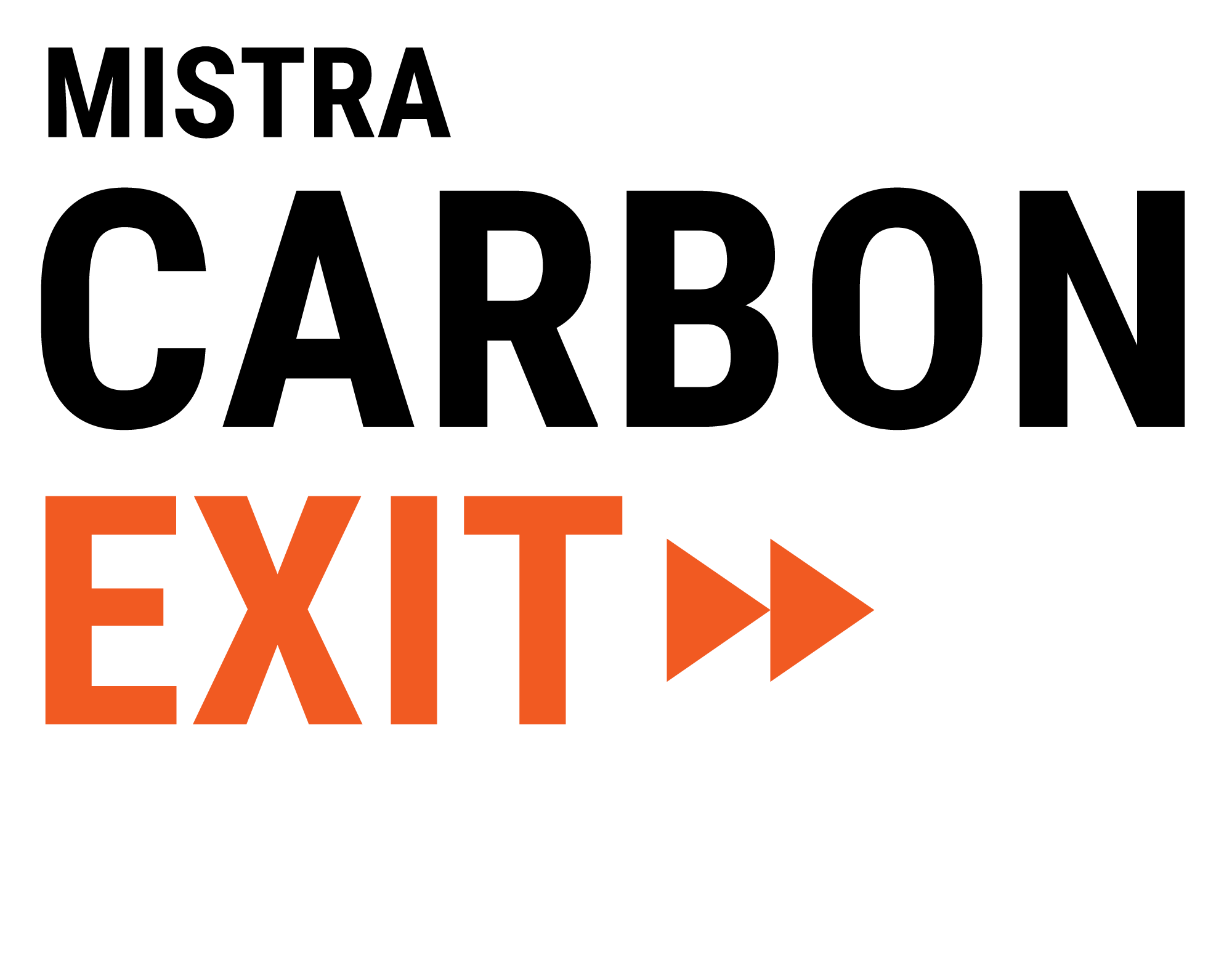Supply Chain Analysis is a Key to the Transformation of Industry
Author: Filip Johnsson from Chalmers University of Technology, leader of work package 2: Technology assessment along supply chains
(This article was originally published in Mistra Carbon Exit Annual Report March 2018)
The overall aim of work package 2 is to identify and describe technology pathways which can comply with zero or near zero emissions along the supply chains of buildings, infrastructure and transport.
An important point of departure in the analysis is to take a supply chain perspective, from raw material to final product and service provision, rather than analysing each industry from a sector perspective. We believe this is a key to identify opportunities and challenges in the transformation, and to find a credible and transparent way to price emissions on the consumers’ side. The analysis will hopefully form a basis for policy measures and strategies which can complement the existing policies, such as the European emission trading scheme currently regulating emissions within the basic industry.
The work carried out so far has followed the supply chains involved in transport infrastructure applying the analysis to one of the case studies in the programme – a road construction work (road 44 in Sweden).
A key in the analysis is to perform a technology assessment to rate new and future technologies with respect to when and to what extent they can be implemented. This will form a basis for identifying barriers in the form of intangible costs which must be overcome by new initiatives such as better information and putting more emphasize on procurement as a tool to accelerate the diffusion of new technologies and practices. I have seldom worked in an area where I felt our work is so timely. We have a tight dialogue with different stakeholders such as the Swedish National Road Administration and other related projects such as the Electric Site project by Volvo CE and Skanska.
The methodology builds on a materials flow and cost analysis previously developed by the research group at Chalmers. The method is now further developed by Ida Karlsson, a PhD candidate at Chalmers. Ida has previous experience from the building and construction industry which comes in very handy in the work. She has already developed a first version of a bottom-up scenario tool for analysing how material and energy flows and corresponding greenhouse gas emissions along the supply chains for the construction of road infrastructure may change over time. A next step will be to apply this method to buildings, as well as to continue developing the methodology.
Simultaneously, we are working on modelling the interplay between an increasingly electrified manufacturing industry and an electricity system with an increasing share of variable renewables. This trend offers significant opportunities for integrating large amounts of wind and solar power, but it is a challenge to assess all possibilities for applying different strategies to integrate solar and wind power – strategies which we refer to as Variation management strategies.
One such strategy is to electrify steel manufacturing as in the Swedish Hybrit project by using hydrogen from renewable electricity. Alla Toktarova – a PhD candidate at Chalmers – is developing a model with the aim to analyse increased electrification of industry from an energy systems perspective. This will be done in close collaboration with Lisa Göransson and the energy carriers case study.


